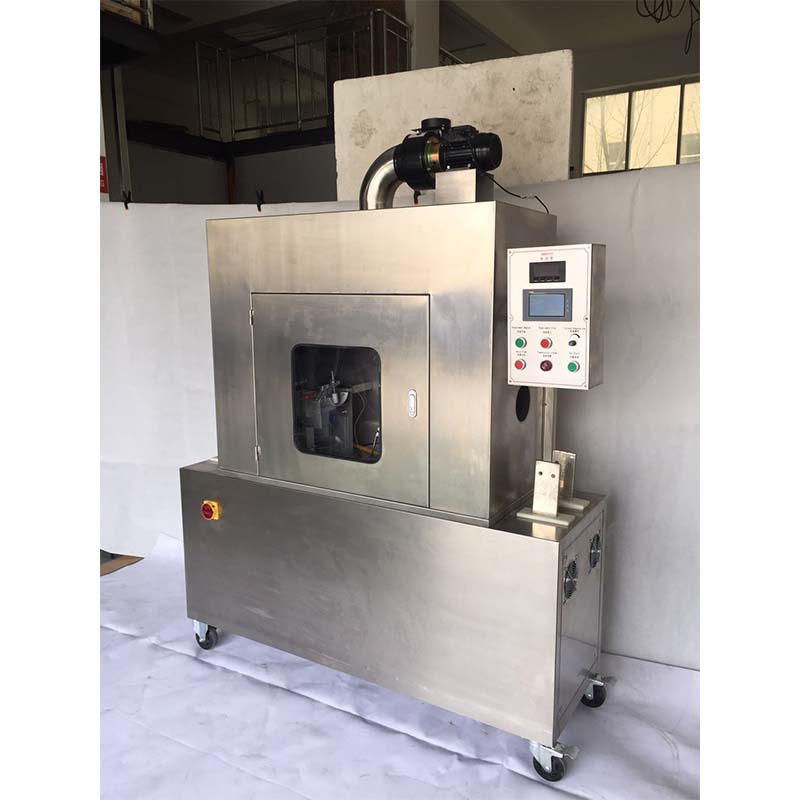iec60811
Understanding IEC 60811 A Comprehensive Overview
The International Electrotechnical Commission (IEC) is a global organization that prepares and publishes international standards for electrical, electronic, and related technologies. One of the significant standards developed by IEC is IEC 60811, which focuses on the common test methods for insulating and sheathing materials of electric and optical fiber cables. This standard plays a critical role in ensuring the quality and reliability of cables, which are essential for effective electrical distribution and communication.
Purpose and Scope of IEC 60811
IEC 60811 aims to establish uniform testing methods that can be applied to a variety of cable materials. The need for this standard arises from the diverse range of materials used in the production of cable insulation and sheathing, which can vary significantly in their physical and chemical properties. By providing general guidelines for testing, IEC 60811 ensures that manufacturers can assess the performance of their materials consistently.
The scope of IEC 60811 encompasses several important aspects, including
1. Material Testing The standard outlines methods for evaluating the insulation and sheathing materials used in cables for electrical and optical purposes. This includes assessments of physical, mechanical, and thermal properties.
2. Temperature and Environmental Resistance Given the varied operating environments of cables, the standard assesses how materials react under different temperature conditions and exposure to environmental factors such as humidity, UV radiation, and chemicals.
3. Aging and Durability A significant focus of IEC 60811 is on the aging characteristics of materials. Cables are often subjected to prolonged use, and the standard provides tests to determine how materials deteriorate over time.
4. Flame Resistance Safety is a primary concern in the cable industry. IEC 60811 includes methods for testing the flame resistance of materials, ensuring that they meet safety regulations and minimize fire hazards.
Test Methods Outlined in IEC 60811
iec60811

The methods detailed in IEC 60811 are designed to be comprehensive and methodical. Key test methods include
- Mechanical Tests These tests assess properties such as tensile strength, elongation at break, and hardness. They ensure the materials can withstand physical stresses during installation and operation.
- Thermal Tests Thermal properties such as thermal conductivity, heat aging, and temperature index are evaluated to ensure materials can operate efficiently and safely at various temperatures.
- Chemical Resistance Tests Cables are often exposed to various chemicals; thus, the standard includes tests to evaluate the resistance of cable insulation to oils, solvents, and other aggressive substances.
- Electrical Properties IEC 60811 provides methods for evaluating the dielectric strength and insulation resistance of materials, which are vital for safe and effective electrical performance.
Importance of Compliance with IEC 60811
Compliance with IEC 60811 is crucial for manufacturers and users of cables. For manufacturers, adhering to these standards ensures that their products are reliable and meet international quality benchmarks, which is essential for gaining customer trust and market access. For users, understanding the implications of these standards can aid in making informed decisions about cable selection, contributing to safer installations and lower maintenance costs.
Conclusion
In conclusion, IEC 60811 serves as a vital framework for testing and evaluating the insulating and sheathing materials of cables used in electrical and optical applications. By adhering to these standards, manufacturers can guarantee the quality and safety of their products, while users can ensure they are making well-informed choices. The rigorous testing methods outlined within IEC 60811 not only promote technological advancement in cable manufacturing but also enhance the overall safety and efficiency of electrical and communication systems globally. The ongoing evolution of this standard will continue to play a fundamental role in meeting future challenges in cable technology.
-
Why the Conductor Resistance Constant Temperature Measurement Machine Redefines Precision
NewsJun.20,2025
-
Reliable Testing Starts Here: Why the High Insulation Resistance Measuring Instrument Is a Must-Have
NewsJun.20,2025
-
Flexible Cable Flexing Test Equipment: The Precision Standard for Cable Durability and Performance Testing
NewsJun.20,2025
-
Digital Measurement Projector: Precision Visualization for Modern Manufacturing
NewsJun.20,2025
-
Computer Control Electronic Tensile Tester: Precision and Power for the Modern Metal Industry
NewsJun.20,2025
-
Cable Spark Tester: Your Ultimate Insulation Assurance for Wire and Cable Testing
NewsJun.20,2025
 Copyright © 2025 Hebei Fangyuan Instrument & Equipment Co.,Ltd. All Rights Reserved. Sitemap | Privacy Policy
Copyright © 2025 Hebei Fangyuan Instrument & Equipment Co.,Ltd. All Rights Reserved. Sitemap | Privacy Policy
